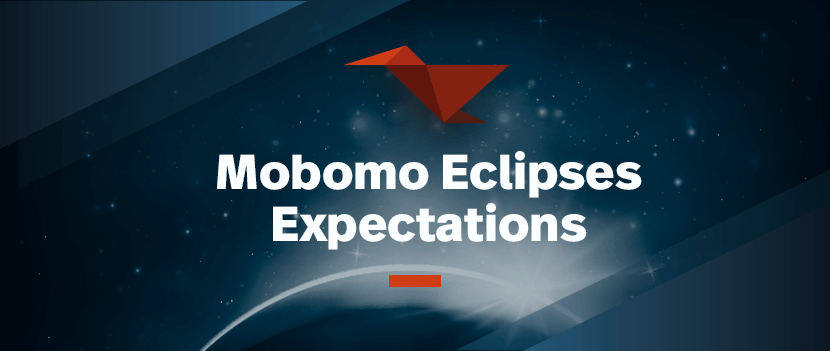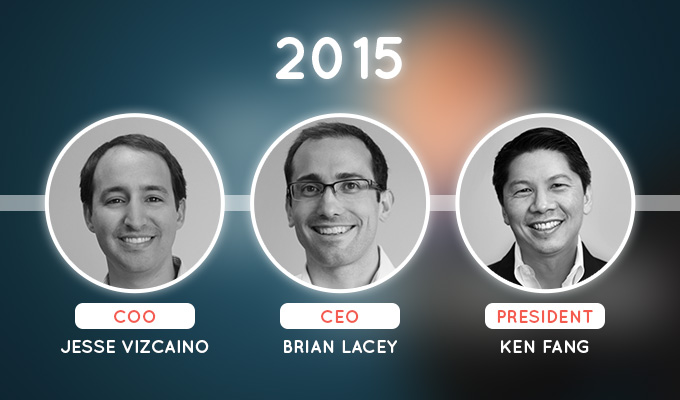
Back in 2013, when I first joined Mobomo, we migrated NASA.gov from a proprietary content management system (CMS) to Amazon Cloud and Drupal 7. It goes without saying, but there was a lot riding on getting it right. The NASA site had to handle high traffic and page views each day, without service interruptions, and the new content management system had to accommodate a high volume of content updates each day. In addition to having no room for compromise on performance and availability, the site also had to have a high level of security.
Maybe the biggest challenge, though, was laying the groundwork to achieve NASA’s vision for a website with greater usability and enhanced user experiences. If NASA’s audience all fell into the same demographic, that goal probably wouldn’t have seemed so intimidating, but NASA’s audience includes space fans who range from scientists to elementary school kids.
Our mission was to create a mobile-first site that stayed true to NASA’s brand and spoke to all of the diverse members of its audience. A few years later, we relaunched a user-centric site that directed visitors from a dynamic home page to microsites designed specifically for them.
Making Space Seem Not So Far Away
NASA.gov includes data on its missions, past and present. To make this massive amount of data more user-friendly, we worked with NASA to design a site that’s easily searchable, navigable, and enhanced through audio, video, social media feeds, and calendars. Users can find updates on events via features such as the countdown clock to the International Space Station’s 20th anniversary. NASA.gov users can also easily find what they need if they want to research space technology, stream NASA TV, or explore image galleries.
The NASA.gov site directs its younger visitors to a STEM engagement microsite where students can find activities appropriate for their grade level. The site also includes the NASA Kids’ Club where students can have some fun while they’re learning about exploration. For example, they can try their hands at virtually driving a rover on Mars, play games, and download activities.
Older students with space-related aspirations can learn about internship and career opportunities, and teachers can access lesson plans and STEM resources.
How to Make it Happen
To successfully achieve NASA’s goals and manage a project this complex, we had to choose the right approach. Some website projects are tailor-made for a simple development plan that moves from a concept to design, construction, testing, and implementation in a structured, linear way. The NASA.gov project, however, wasn’t one of them.
For this website and the vast majority of the sites we develop, our team follows DevOps methodology. With DevOps, you don’t silo development from operations. Our DevOps culture brings together all stakeholders to collaborate throughout the process to achieve:
Faster Deployment
If we had to build the entire site then take it live, it would have taken much longer for NASA and its users to have a new resource. We built the site in stages, validating at every stage. By developing in iterations, and involving the entire team, we also have the ability to address small issues rather than waiting until they create major ones. It also gives us more agility to address changes and keep everyone informed. This prevents errors that could put the brakes on the entire project.
Optimized Design
NASA.gov has several Webby Awards, and award-winning web design takes a team that works together and collaborates with the organization to define the audience (or audiences), optimize the site’s navigation and usability, and strike a balance between the site’s primary purpose and its appeal.
Mobile-First
Because NASA.gov users may be accessing the site from a PC, laptop, tablet, smartphone, or other device, it was also pivotal to use mobile-first design. Mobile-first starts by designing for the smallest screens first, and then work your way up to larger screens. This approach forces you to build a strong foundation first, then enhance it as screen sizes increase. It basically allows you to ensure user experiences are optimized for any size device.
Scalability
NASA.gov wasn’t only a goliath website when we migrated it to Amazon Cloud and Drupal. We knew it would continue to grow. Designing the site with microsites that organize content, help visitors find the content that is most relevant to their interests, and enhance usability and UX informed a plan for future growth.
Efficient Development Processes
DevOps Methodology breaks down barriers between developers and other stakeholders, automates processes, makes coding and review processes more efficient, and enables continuous testing. Even though we work in iterations, our team maintains a big-picture view of projects, such as addressing integrations, during the development process.
Planned Post-Production
DevOps also helps us cover all the bases to prepare for launch and to build in management tools for ongoing site maintenance.
What Your Business Can Learn from NASA
You probably never thought about it, but your business or organization has a lot in common with NASA, at least when it comes to your website. Just like NASA, you need a website that gives you the ability to handle a growing digital audience, reliably and securely. You’re probably also looking for the best CMS for your website, one that’s cost-effective and gives you the features you need.
Your website should also be designed to be usable and to provide the user experiences your audience wants. And, with the number of mobile phone users in the world topping 5 billion, you want to make sure their UX is optimized with mobile-first design.
NASA’s project is also an illustration of how building your website in stages, getting input from all stakeholders, and validating and testing each step of the way can lead to great results. You also need a plan for launching the site with minimal disruption and tools that will make ongoing management and maintenance easier.
You probably want to know you are doing everything you can to make your content appealing, engaging, and interactive. You may think NASA has an advantage in that department since NASA’s content is inherently exciting to its audience.
But so is yours. Create a website that showcases it. Not sure where to begin? Click here and we’ll point you in the right direction.


 Has your company decided to move to the cloud? Making the decision to migrate to the cloud is the easy part because there are so many positive benefits but now comes transferring the data which can be no easy feat. Think about migrating to the cloud as a process, one piece of the process builds off the last and once you have completed the process you have a successful migration! Take our cloud readiness assessment to see if your cloud migration initiative is moving in the right direction.
Has your company decided to move to the cloud? Making the decision to migrate to the cloud is the easy part because there are so many positive benefits but now comes transferring the data which can be no easy feat. Think about migrating to the cloud as a process, one piece of the process builds off the last and once you have completed the process you have a successful migration! Take our cloud readiness assessment to see if your cloud migration initiative is moving in the right direction.  There are so many benefits of migrating to the cloud, many want to reduce cost while others want to improve their efficiencies. We get a lot of questions surrounding cloud migration so we decided to do a short Q & A - we know there are tons of questions that could be answered but this was our shortlist.
There are so many benefits of migrating to the cloud, many want to reduce cost while others want to improve their efficiencies. We get a lot of questions surrounding cloud migration so we decided to do a short Q & A - we know there are tons of questions that could be answered but this was our shortlist.
